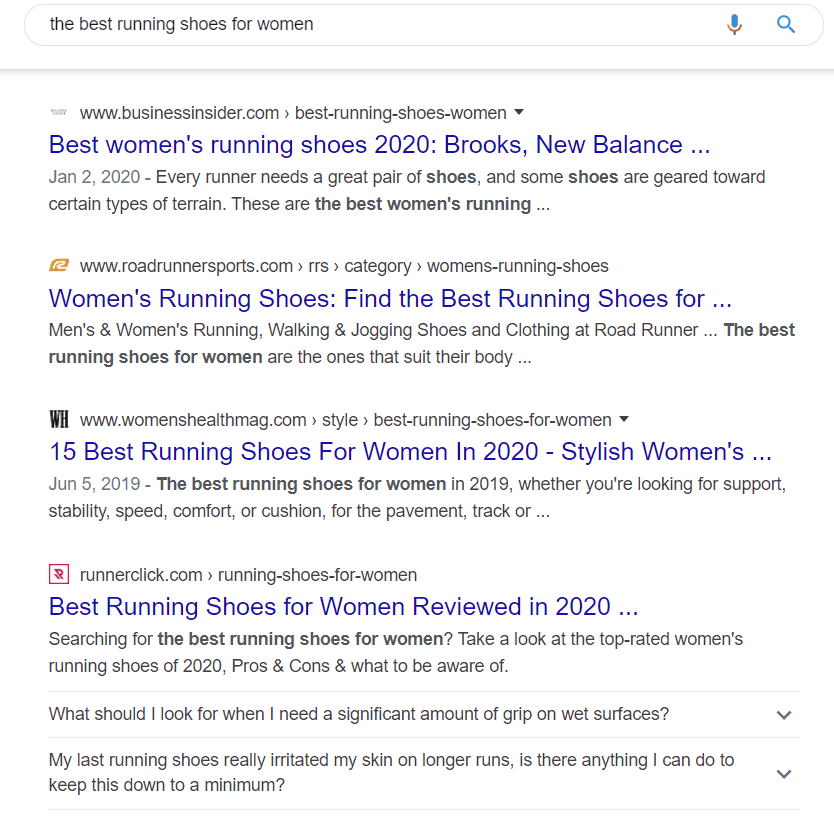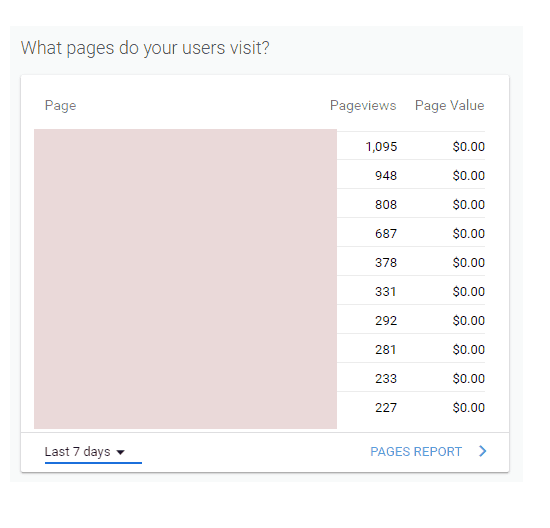Last Updated on
When you first start an online business you will likely come across thousands upon thousands of articles telling you what you should be doing, where you should be focusing your efforts and after a while, it can become exhausting.
I know from personal experience.
And while there’s nothing wrong with trying different strategies and tactics (it’s the only way to find out what works for you and what doesn’t), you also need to be open to the idea that you don’t necessarily need to be doing them all.
Trying to figure out how to start a profitable blog can be exhausting.
Around October of 2018, I started feeling burnt-out from running my blog. I took a step back and asked myself what the problem was, and how I could fix it.
Usually, when I come across a problem, I fix it by trying something new. For example, when I noticed my Facebook page wasn’t growing, I tried out doing Facebook live.
At this point, however, I felt like my email list growth was stagnant, my page views weren’t increasing, yet, I was spending more time creating content, more time doing Instagram and Facebook lives and more time on social media than I wanted to be.
Yet nothing was moving! And then, I made some drastic changes.
In 2018, I had a total of 183,115 pageviews.
At the end of 2019 after a year of implementing my changes, I had totaled 624,796 pageviews.
That’s an increase of over 200%.
And it wasn’t incredibly challenging to figure out what I was doing wrong. In fact, I was kicking myself for not seeing it sooner.
So learn from my mistakes and let me save you from some misery.
Here are three things you can do to grow your blog’s traffic and avoid blogger burnout.
I Focused on Writing Content That Ranks in Search
SEO is a major part of my strategy.
The reason why writing content that ranks on the first page of Google has always been important for me is that I’m able to drive thousands of visitors each day to my blog without having to actively promote it.
In turn, my email list grows, my sales rise, my affiliate links get clicks and sales and I don’t have to do any extra work.
When you focus on SEO, you’re doing something magical for your blog.
Think of it this way: when you head over to Google to search for something, why are you doing it?
9 times out of 10, it’s to solve a problem.
And when you have a problem, you want to find a solution and many times, you are willing to pay for that solution.
When you Google something, most of the results on the first page are blog posts, such as this search for “the best running shoes for women“.

Blog posts dominate the search results and if you don’t optimize your blog posts for search, your blog is going to get left behind.
Here’s a quick real-life example.
I wear my wedding rings all the time. I never take them off (not even to wash my hands; I’m too scared I’ll forget them on the counter of some random bathroom).
Because of that, they are always getting dingy and don’t sparkle like they should from the lotion and product that gets on them. I’m constantly cleaning them at home, but when I’m out of the house, I want to find a product that I can use to clean them on the go.
So I went over to Google and began searching for portable jewelry cleaners.
I came across a blog post that talked about the top portable jewelry cleaners and in that blog post, I came across a jewelry cleaning pen that I could purchase from Amazon.
This was likely an affiliate link, but because it solved my problem, I made the purchase!
And your audience is doing the exact same thing.
When they are searching for questions, they want solutions. And in many cases, they are willing to pay to have those problems solved either by purchasing a product or a service.
Optimizing your blog posts will not only get you more traffic, but it will increase your affiliate sales, email signups and more.
I Focused on Writing Content That My Audience Cares About
There’s a popular quote I highly disagree with and it goes like this: if you build it, they will come.
This is one of the most dangerous quotes that I see entrepreneurs throwing around (and believing).
It’s wrong.
Building a website and thinking people will come and even buy your products is just going to set you up for disappointment.
You can write all the content in the world but if your audience doesn’t give two hoots, guess what?
They aren’t going to read it.
I used to spend my time writing all types of content. Much of it was articles that my audience wasn’t interested in reading. That doesn’t mean they weren’t good articles. In fact, I wrote some really great pieces of content back then.
But guess what?
My audience wasn’t interested in learning about the topics I was writing about. I made the worst mistake a business can make and I ignored my audience (unintentionally).
I thought the whole “if you build it, they will come” mantra would hold true, but they never came.
Until I changed my approach.
I began to dive into my Google Analytics to find out what my top posts on my website were. You will want to make sure you have Google Analytics set up on your blog.
Once I saw what some of my top posts were, I was able to get a good idea of what topics resonated with my audience.
You can find this section in your Google Analytics under the “What pages do your users visit?”

I began crafting content around top topics that were already driving traffic to my website and my traffic began to climb.
Listening to my audience was such a powerful move for my blog and I wish I had done it sooner!
I Stopped Focusing on Social Media as a Place to Drive Traffic
Social media is a great place to be social.
For me, it serves as an excellent place to have conversations with my audience and build our relationship.
However, it has never been the main driver of my traffic.
This might be different for you, but for me, the moment I stopped trying to get clicks from Facebook and Instagram, I was able to actually focus on getting clicks from places that would drive me quality traffic!
That doesn’t mean I don’t use social media to get traffic, because I still do, but it’s not my main focus anymore.
I recommend digging into your Google Analytics to see what sources your traffic is currently coming from.
First, on the left-hand side of your Google Analytics click on “Acquisition > Overview”. This will bring you to the page pictured below. From there, click on “Social”.

This will help you understand whether or not all the effort you are putting into your social media platforms is paying off.
Other Strategies
I’ve written tons of other articles talking about different traffic acquisition strategies that I use to drive traffic to my blog. Rather than rehash them in this blog post, I will link to them so you can visit them and read the post in its entirety.
- How to Use Pinterest to Drive Traffic to Your Blog + How to Create Custom Pin It Buttons
- The Genius Way to Use Facebook Groups to Drive Traffic to Your Blog
- What to do During Your Blog’s Traffic Slump
- How to Use a Content Syndication Strategy to Drive Traffic (it’s not as complicated as it sounds)
- Blog Post Ideas: If you are suffering from writer’s block, check this out
- Alternatives to Blogging: How to drive traffic to your website in other ways
- 5 Reasons Why Your Blog Isn’t Getting Traffic
- Different Ways to Get Free Traffic to Your Blog
- How to Use Google Analytics Like a Pro (to drive traffic back to your website)
Piecing It All Together
Numbers don’t lie.
It’s important to pay attention to your analytics and use them to your advantage!
By diving into your analytics to create content that your audience will love, and then optimizing that content for search engines, you are setting your blog and business up for success!
Pin me:

This article may include affiliate links. As an Amazon Associate I earn from qualifying purchases.

Dana Nicole is an award-winning freelance writer for MarTech/SaaS who was rated one of the best SaaS writers by Software World. She specializes in writing engaging content that ranks high in search engines and has been featured in publications like Semrush, ConvertKit, and Hotjar.
Dana holds a Bachelor’s degree in Business Administration and has over 15 years of experience working alongside national brands in their marketing departments.
When Dana’s not working, you can find her dancing en pointe, cooking up new recipes, and exploring the great outdoors with her two big dogs.

